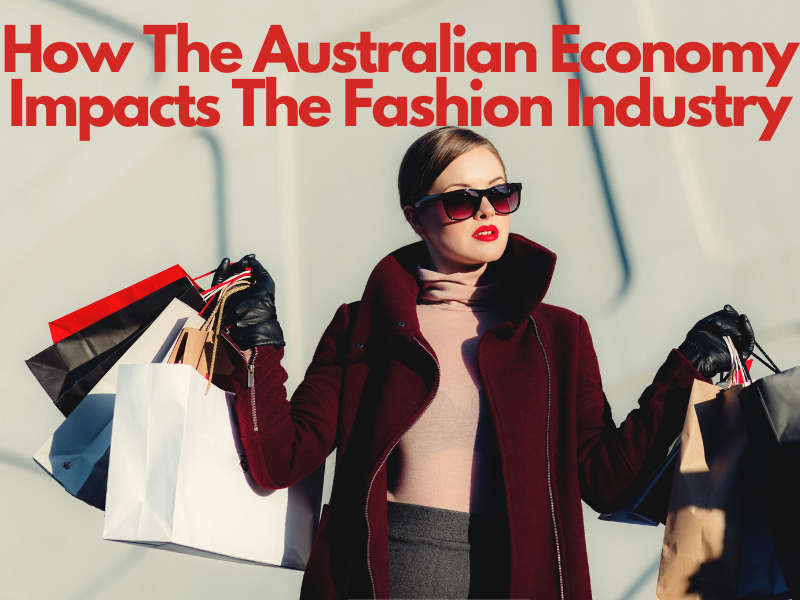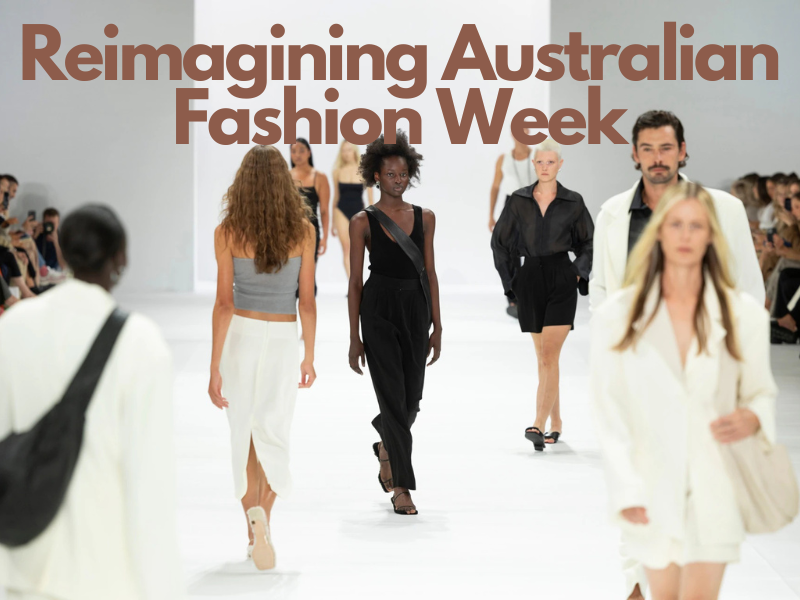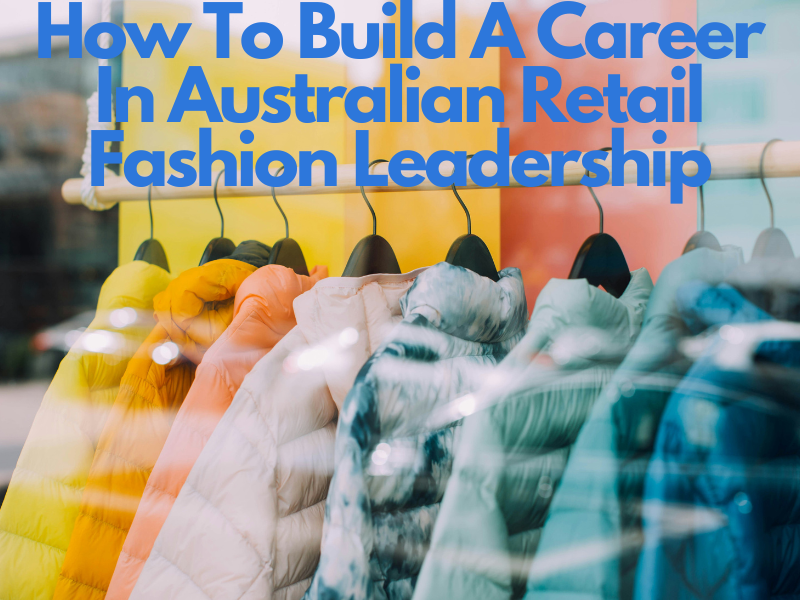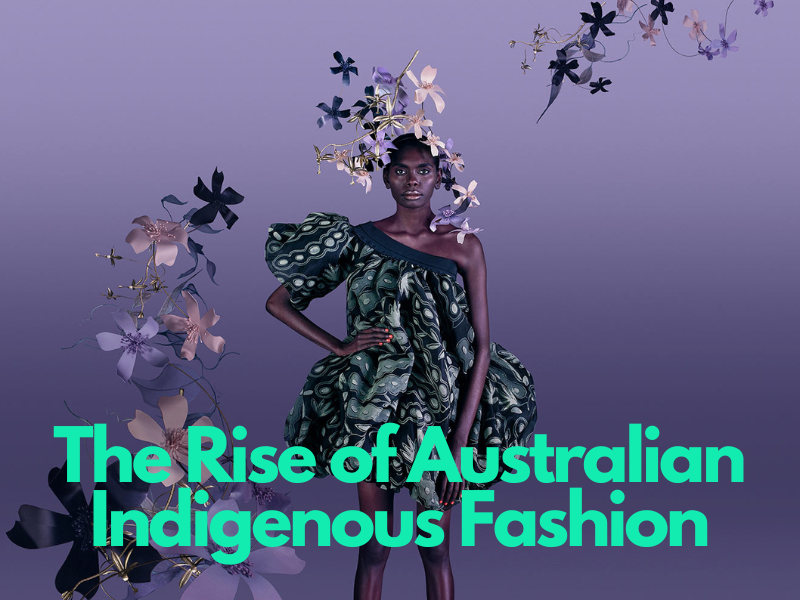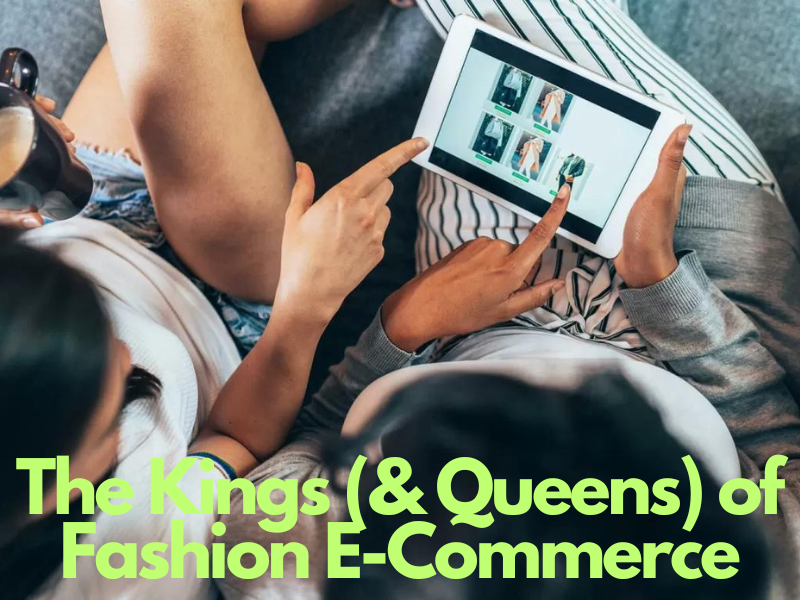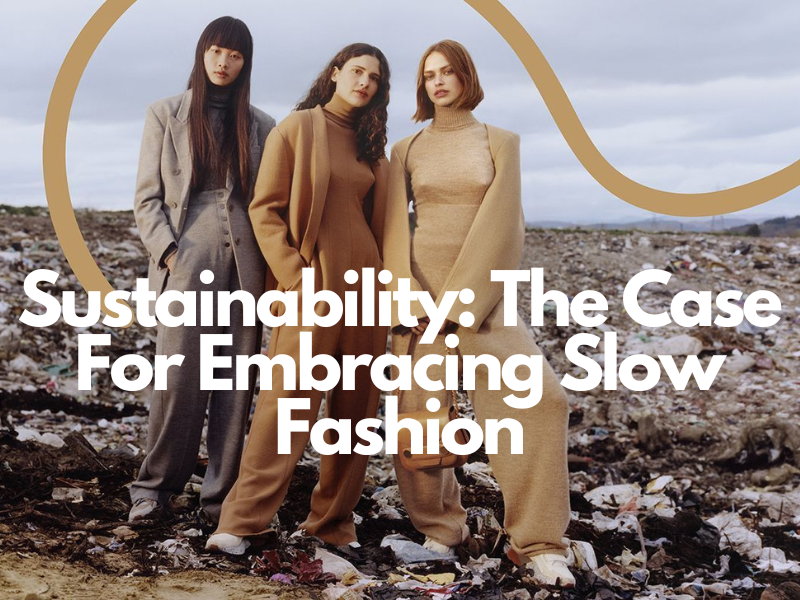The Growing Power of The Plus-Size Fashion Market
The plus-size fashion market has experienced significant growth over the past 10 years, moving from a market segment that was often an afterthought to a booming sector with immense opportunities for growth. According to a report by GlobeNewswire, the global plus-size clothing market is expected to reach $379 billion by 2028. This massive expansion signals a big shift in the fashion industry’s approach to inclusivity, with brands now focusing on plus-size consumers and their diverse fashion needs.
In the past, plus-size customers were often left with limited, uninspiring clothing options. However, consumer demand has driven a wave of change. As
Refinery29 highlights, the rise of body positivity has pushed fashion companies to "move away from viewing plus-size fashion as a niche" and to recognise the significant spending power of this demographic.
Despite this shift, there is still a disconnect between marketing promises and actual product offerings. The
Australian Financial Review points out that while some major brands have yet to capitalise on this growing market, some smaller, innovative brands can be seen leading the way.
The Role of Australian Plus-Size Brands
Australia has seen the growth of a range of size-inclusive brands that are filling a gap and providing consumers with style and choice. Brands like
Dyspnea and Embody Women, which offer clothing sizes up to 4XL and 22. These brands showcase that plus-size fashion can be both trendy and sustainable, focusing on ethical production and custom sizing to cater to the unique needs of plus-size consumers.
Other examples are
Made590 and Sük Workwear, which provide a broad size range (up to size 26 in some cases) and have carved out a niche by focusing on quality and representation.
Profitability and Market Potential
Brands that have embraced plus-size fashion are already seeing impressive financial results. According to
AFR, companies that cater to the plus-size market are showing strong profitability, a trend expected to continue as more brands wake up to the potential.
As
Forbes notes, the demand for stylish, high-quality plus-size clothing is skyrocketing. Leading brands like Universal Standard and Good American have become popular with consumers by focusing on size inclusivity, with collections ranging from casual wear to high-end fashion.
The Future of Plus-Size Fashion
As the industry shifts, brands that fail to embrace size inclusivity risk being left behind. With rising consumer expectations and the growth of body-positive movements, the plus-size market is poised to continue its upward trajectory, creating opportunities for brands to innovate and diversify their offerings.
What is your experience with size inclusivity? We’d love to chat with you about your experiences.
Tanya, Amy & Natalie at Permanser Consulting
Permanser Consulting - Recruitment Specialists - Fashion/Textile/Lifestyle/Accessories Industries
E admin@permanser.com.au
P (03) 9654 5988


